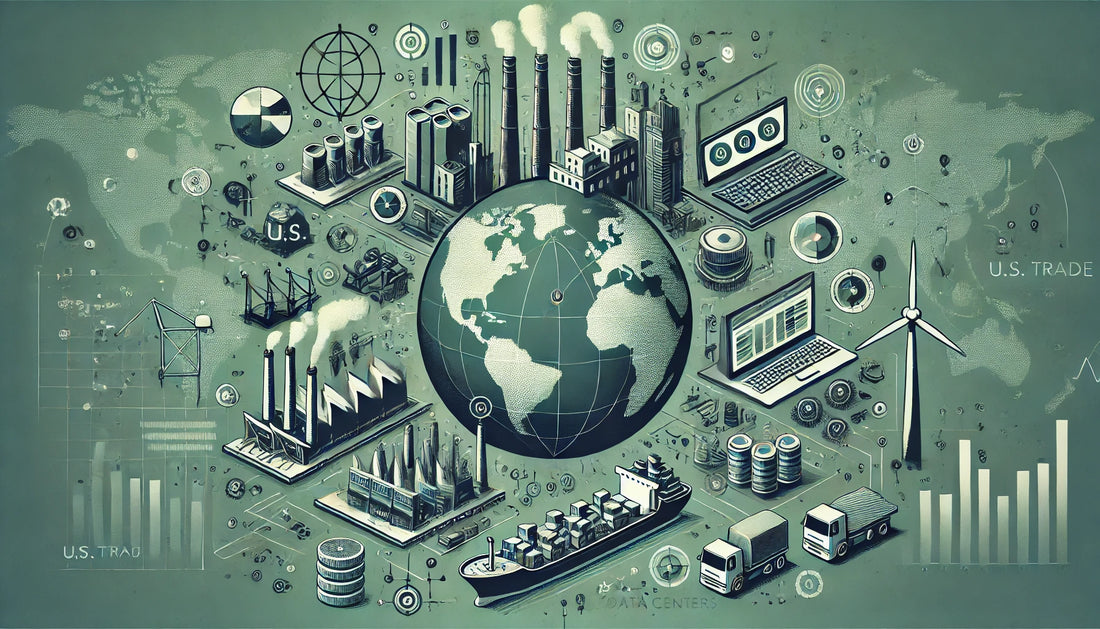Trade contributes significantly to U.S. economic growth by enabling specialization and economies of scale. According to the Office of the United States Trade Representative (n.d.), in 2017, the U.S. was the world's largest goods and services trading nation, with exports totaling $2.35 trillion. This extensive trade activity supports higher productivity and has been linked to job creation. For instance, in 2018, trade supported over 40 million U.S. jobs, accounting for one in every five jobs (WITA, 2020). Jobs related to exports tend to offer higher wages—on average, 16% more than non-export-related positions.
However, trade has also resulted in job displacement, especially in manufacturing-heavy regions. The U.S. had the largest trade deficit in 2022, with a deficit of $1.31 trillion (Statista, 2023). This trade imbalance, especially driven by imports from countries like China, has negatively impacted industries that struggle to compete with low-cost imports, particularly in the Rust Belt states. As manufacturing declines, workers in these regions face greater job insecurity and wage stagnation.

The effects of trade on employment vary by region. Service-oriented states such as California benefit significantly from trade, with sectors like technology seeing job growth (Georgetown University Lab for Globalization and Shared Prosperity, n.d.). In contrast, manufacturing regions face job losses, reinforcing the need for policies that provide displaced workers with retraining and support to transition into growing industries where the U.S. has a comparative advantage.
Global GDP has steadily increased since 1985, demonstrating Adam Smith’s positive-sum theory, where both trading partners benefit (Statista, 2023). The U.S. has increased its productivity by accessing global markets, yet the significant trade deficit suggests the need for more balanced trade policies to sustain long-term employment.

While trade has been beneficial in creating high-paying jobs and boosting economic growth, it also causes job losses in manufacturing. Addressing this challenge requires policies that invest in worker retraining and focus on expanding sectors where the U.S. holds a competitive advantage, ensuring a balanced approach to trade's impact on jobs.
References
Carbaugh, R. (2023). International economics (18th ed.). Cengage Learning U.S.
Georgetown University Lab for Globalization and Shared Prosperity. (n.d.). Is trade really toxic? How imports support American jobs. Hinrich Foundation. https://www.hinrichfoundation.com/research/wp/us-china/how-imports-support-american-jobs/
Office of the United States Trade Representative. (n.d.). Benefits of trade. https://ustr.gov/about-us/benefits-trade
Statista. (2023). Global gross domestic product (GDP) at current prices from 1985 to 2029 (in billion U.S. dollars). https://www.statista.com/statistics/271239/global-gross-domestic-product-gdp/
Statista. (2023). The 20 countries with the highest trade balance deficit in 2022 (in billion U.S. dollars). https://www.statista.com/statistics/264623/largest-trade-deficits-worldwide/
WITA. (2020). Trade and American jobs. https://www.wita.org/atp-research/trade-and-american-jobs/




